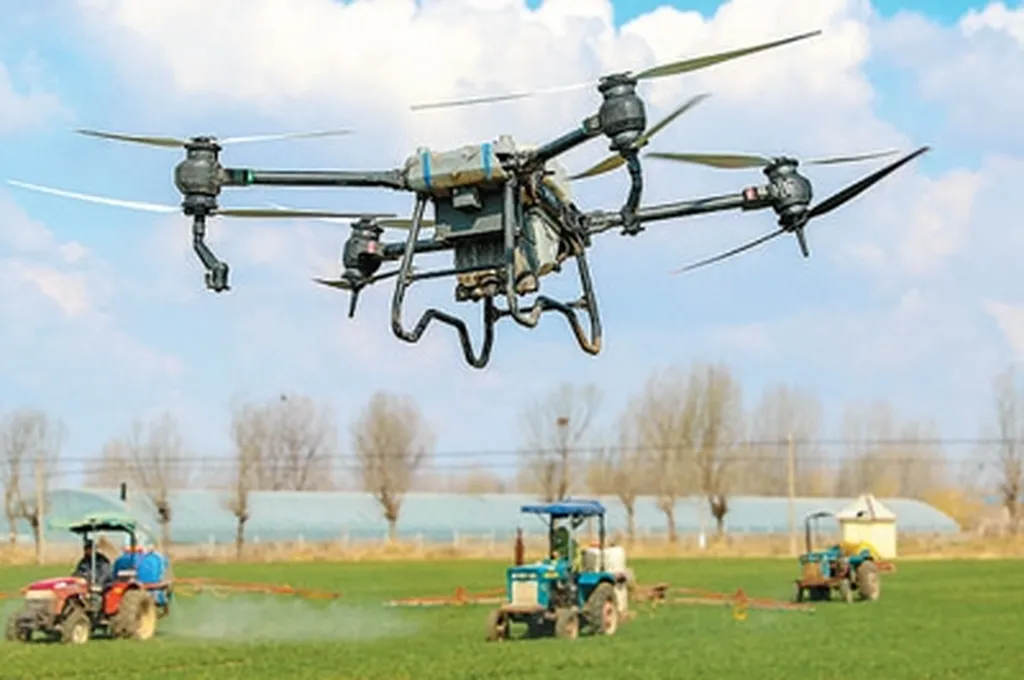In the heart of China’s agricultural innovation, a groundbreaking review published in *Smart Agricultural Technology* is set to revolutionize how we count and monitor field crops. Led by Xiaojun Pu of the Institute of Agricultural Science and Technology Information at the Chongqing Academy of Agricultural Sciences, the research delves into the transformative potential of Unmanned Aerial Vehicles (UAVs) and deep learning in precision agriculture.
The study, which analyzed 52 key studies, provides a comprehensive framework to guide method selection for in-field object counting. This framework connects agronomic targets to detection, segmentation, or regression approaches based on their specific characteristics. “Our goal is to bridge the gap between lab research and practical application,” says Pu. “By understanding the unique challenges of large-scale field crops, such as vast areas and high planting density, we can develop more effective and efficient counting methods.”
The research examines the entire data workflow, covering data acquisition, annotation strategies, and eight public datasets. It links data choices directly to the applicability of different models, offering a roadmap for future research. The study identifies key gaps preventing successful real-world deployment and proposes a future research roadmap focusing on four strategic frontiers: large foundational models, unified open-set counting paradigms, dynamic spatiotemporal phenotyping, and autonomous edge-cloud systems.
The commercial impacts of this research are substantial. Precision agriculture, which relies on accurate and timely data, can significantly benefit from UAV-based deep learning methods. Farmers can make informed decisions about planting, irrigation, and harvesting, leading to increased yields and reduced costs. “This technology can help farmers optimize their resources and improve their bottom line,” says Pu. “It’s not just about counting crops; it’s about empowering farmers with the tools they need to succeed.”
The research also has implications for global food security. As the world’s population continues to grow, the demand for food will increase. Precision agriculture, enabled by UAVs and deep learning, can help meet this demand by increasing crop yields and reducing food waste.
The study published in *Smart Agricultural Technology* and led by Xiaojun Pu of the Institute of Agricultural Science and Technology Information at the Chongqing Academy of Agricultural Sciences, is a significant step forward in the field of precision agriculture. By bridging the gap between research and practical application, this research has the potential to shape the future of farming and contribute to global food security. As Pu puts it, “We’re not just counting crops; we’re counting on a better future for agriculture.”

